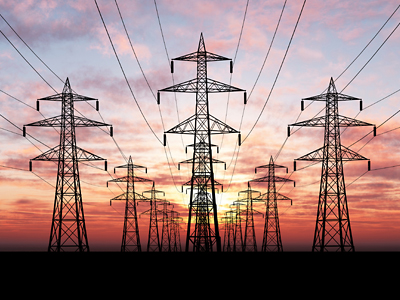
Transmission lines are a fundamental and unavoidable requirement to interconnect generation sources with demand. Solar energy coming from the Norte Grande will require corridors.
Transmission lines and citizen opposition
The timely development of power transmission lines is a central component of the government’s recently formulated energy policy. The transmission of renewable energies throughout the country is a growing need to achieve a cleaner and more environmentally friendly energy matrix.
However, this is not without its difficulties. Some communities in the country have questioned the layout of transmission lines, arguing that, among other aspects, their electromagnetic field can affect people’s health. The Melipeuco-Freire line, the Polpaico-Cardones line and the La Palma substation in Quillota are some of the facilities recently questioned.
Much scientific discussion and analysis originated in the 1960s and 1970s about the possible harmful effects of electromagnetic field exposure on health, particularly in the United States. Various research and statistical studies were carried out and continue to date. As in the 1960s and 1970s, recent studies have failed to prove that such electromagnetic fields cause disease. In this regard, the World Health Organization (WHO) reports that the carcinogenic effect of the lines has not been demonstrated in humans or other living beings.
Countries have also taken measures to reduce the risk of exposure and direct contact with transmission lines. Protection involves defining safety strips on the lines that minimize the field strength in the environment, in addition to avoiding direct damage to people. It is forbidden to have habitable constructions within the safety fringe of a line.
In Colombia the width of the strip must be 65 meters for a 500 kV line, in Australia it is 76 meters and in the USA and our country it is 60 meters, on average, for the same 500 kV line.
The public should be aware that there are other electrical equipment in daily use that can alter their environment, either because they produce significant electromagnetic fields or use extremely high frequencies for their operation, such as cellular telephony. In fact, according to measurements of electromagnetic fields made by the National Institute of Environmental Health Sciences, USA, and the WHO, commonly used household appliances, such as hair dryers, shavers, microwave ovens, vacuum cleaners, among others, create electromagnetic fields of a magnitude comparable to those measured on high-voltage power lines 30 meters away. Moreover, the effect produced by distribution lines installed in the streets is comparable to that of transmission lines. However, such commonly used elements have also not been shown to produce harmful effects on health.
Transmission lines are a fundamental and unavoidable requirement to interconnect generation sources with demand throughout the country, given our geography. The large solar renewable development anticipated in the Norte Grande requires corridors to transmit this energy to the central area. In this context, the need for a harmonic development of transmission lines with the environment is increasingly recognized in the country, a harmonic development that must continue to be safeguarded, as indicated in the transmission regulation proposal and the Government’s energy policy.
*The author is a civil engineer.



